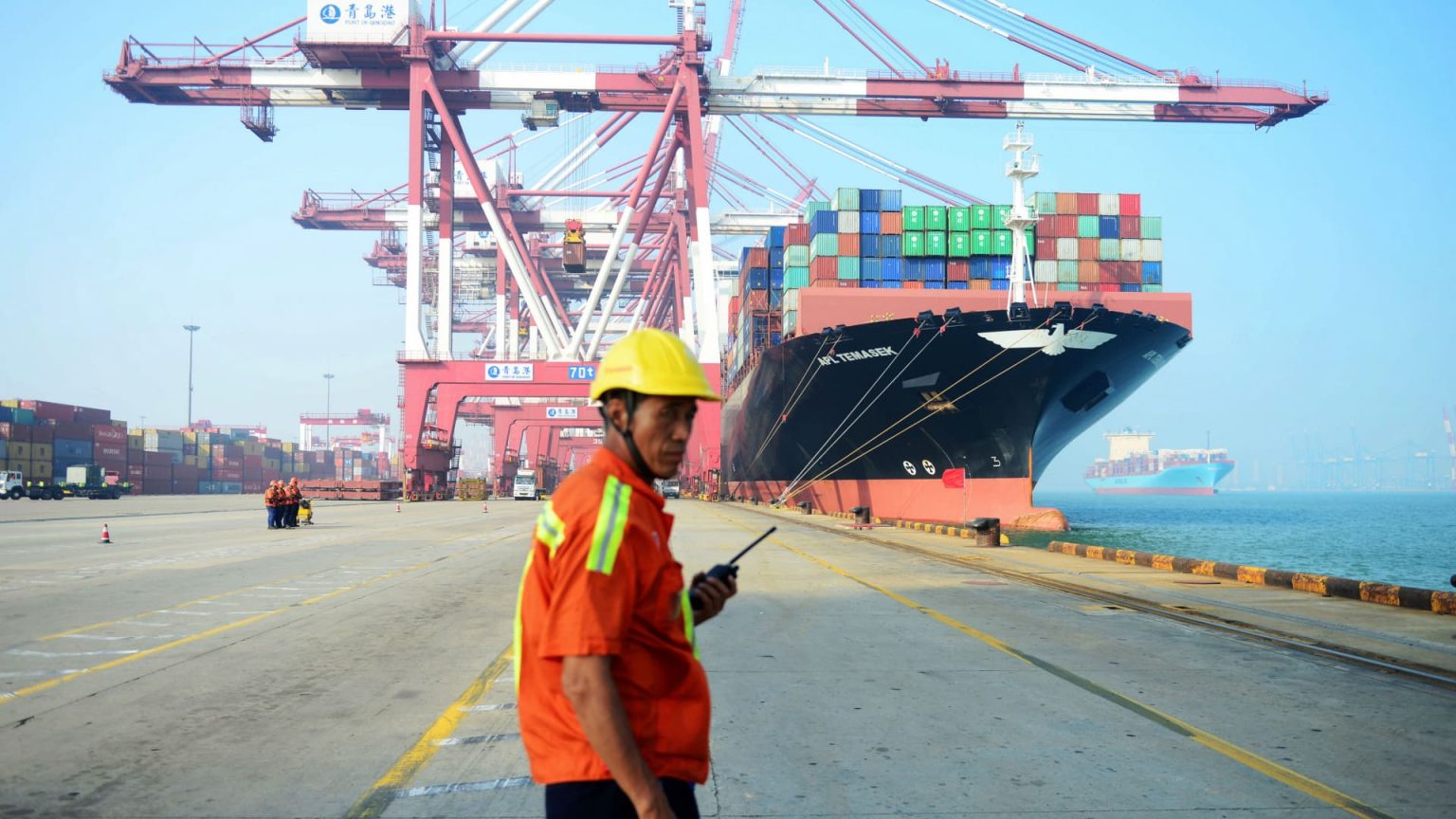A surge in global trade combined with a variety of factors such as peak shipping season, longer routes to avoid the Red Sea, and bad weather in Asia has led to a capacity crunch in shipping containers. Ocean carriers are skipping ports or reducing time spent at ports, as well as not picking up empty containers, in order to ensure on-time delivery of their vessels. This trend is driving up ocean freight rates, particularly on routes to the U.S. West Coast, with spot rates surpassing levels seen earlier in the year. The spread between spot and long-term rates is widening, leading to cargo being rolled and freight forwarders being pushed to premium rates to secure space guarantees.
Logistics experts had anticipated sufficient container and vessel capacity after a global freight recession, but the reality is showing constraints on many trade lanes due to high demand and shortages of specific types of equipment in key locations. Weather disruptions in East Asia have caused further delays and contributed to port congestion in the region. As a result, fewer empty containers are being returned to China, exacerbating the shortage. The increase in ocean freight rates has led to fears of setting a new post-pandemic record for supply chain costs and worries about passing these price increases onto consumers.
Major players in the industry such as DHL and Drewry have been warning about the container shortage since earlier in the year. July peak season has been moved up to June to avoid potential delays and ensure timely delivery of goods for back-to-school and holiday seasons. Consumers continue to drive demand, with U.S. retail sales forecasted to increase in 2024. A new round of general rate increases is expected on June 1, adding further pressure to an already strained market. The ongoing situation may not ease in the near future, with carriers having the ability to manipulate capacity and the demand for exports from China continuing to grow.
The imposition of new record high ocean freight rates has affected all major trade lanes, with carriers implementing additional charges for “space protection” and facing equipment shortages due to the prolonged congestion and demand surge. Spot rates continue to soar, and capacity out of Asia is tightening. Carriers have been re-routing ships around the Horn of Africa due to the Red Sea issues, further constraining global container shipping capacity. Maritime research firms have reported numerous canceled sailings on key trade routes, contributing to a serious contraction in space availability, particularly to the U.S. East Coast. The prevailing trend of high rates and limited space is expected to persist through at least June, with uncertainty remaining about the long-term market outlook.
The situation in the shipping industry presents challenges for logistics managers as they navigate delays, container shortages, and weather disruptions while trying to meet demand for holiday and back-to-school seasons. The early pulling forward of freight and frontloading of seasonal products has been a strategy adopted by companies to try and mitigate potential delays and ensure timely delivery. Negotiations between the International Longshoremen’s Association and the United States Maritime Alliance have added to the uncertainty, with the master contract set to expire in September. Face-to-face meetings are expected to be scheduled after the conclusion of local talks, and negotiations for a new contract are ongoing.













